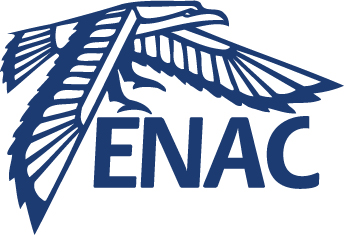A statistical approach for tolerancing from design stage to measurements analysis
Résumé
Starting from the development phase, tolerance design must be accurate enough to not only hedge against various uncertainties in order to ensure assembly feasibility but also minimize production cost and avoid expensive over-quality. Once tolerances are agreed, the production allows tolerance features observations and we propose a verification and correction on initial model based on the knowledge of measurement data. The feedback consideration also enables risk evaluation of each tolerance and a more accurate limit definition knowing measures of other assembly contributors is proposed. In addition, we propose an algorithm to optimize the tolerance sharing within a stack chain based on various relevant cost criteria. Finally, an example of tolerancing industrial applications on aerostructures use-cases is detailed to illustrate the methodology from tolerance design to feedback measurement analysis.
Origine : Fichiers éditeurs autorisés sur une archive ouverte
Loading...




